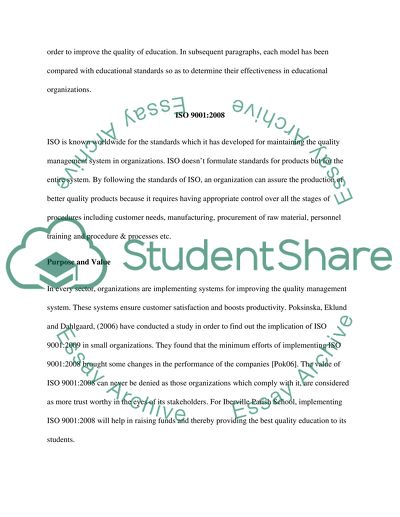Cite this document
(“Education Planning and Development: Monitoring and Evaluating New Research Paper”, n.d.)
Retrieved from https://studentshare.org/education/1452103-re-education-planning-and-development-monitoring
Retrieved from https://studentshare.org/education/1452103-re-education-planning-and-development-monitoring
(Education Planning and Development: Monitoring and Evaluating New Research Paper)
https://studentshare.org/education/1452103-re-education-planning-and-development-monitoring.
https://studentshare.org/education/1452103-re-education-planning-and-development-monitoring.
“Education Planning and Development: Monitoring and Evaluating New Research Paper”, n.d. https://studentshare.org/education/1452103-re-education-planning-and-development-monitoring.


